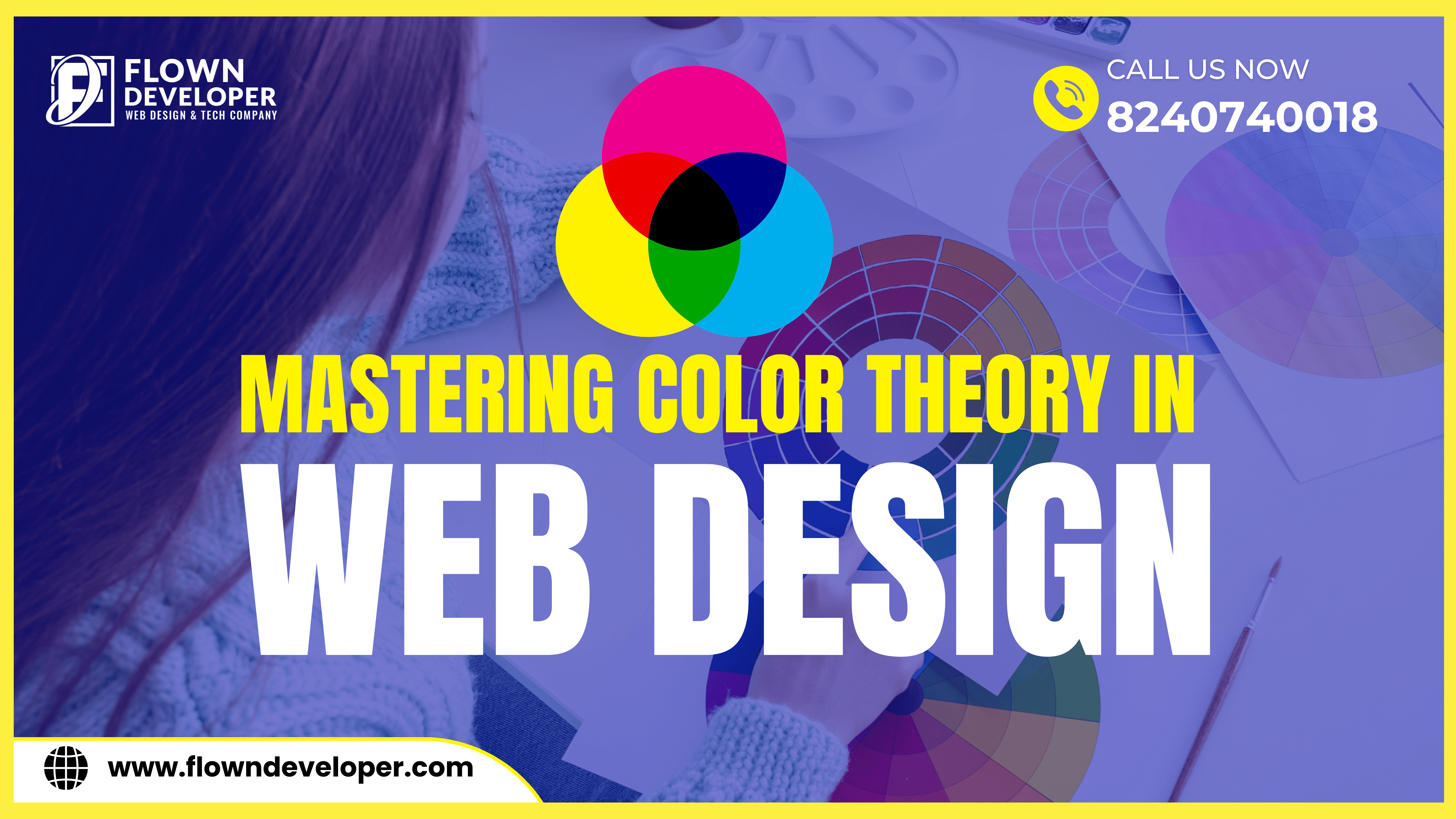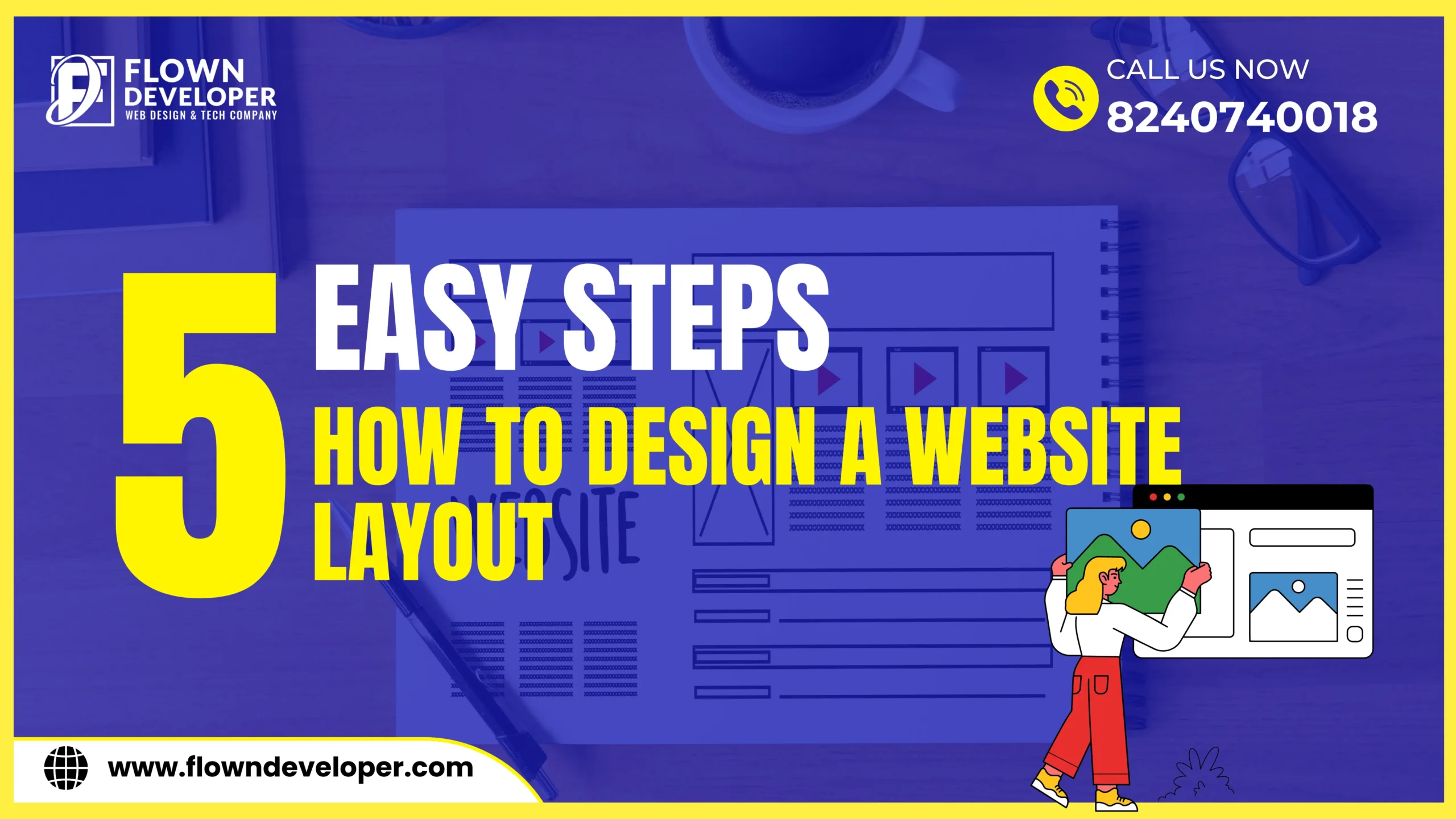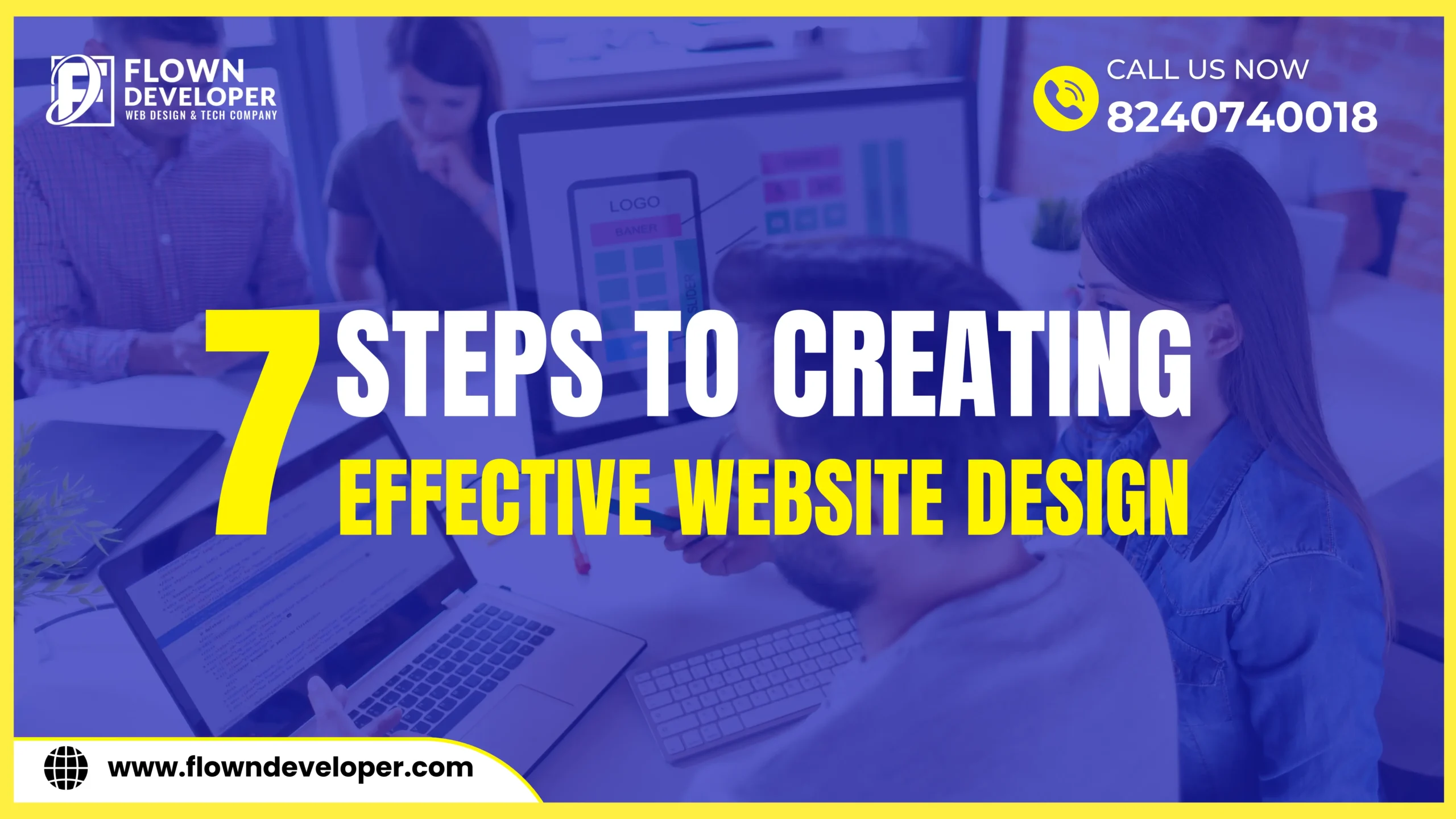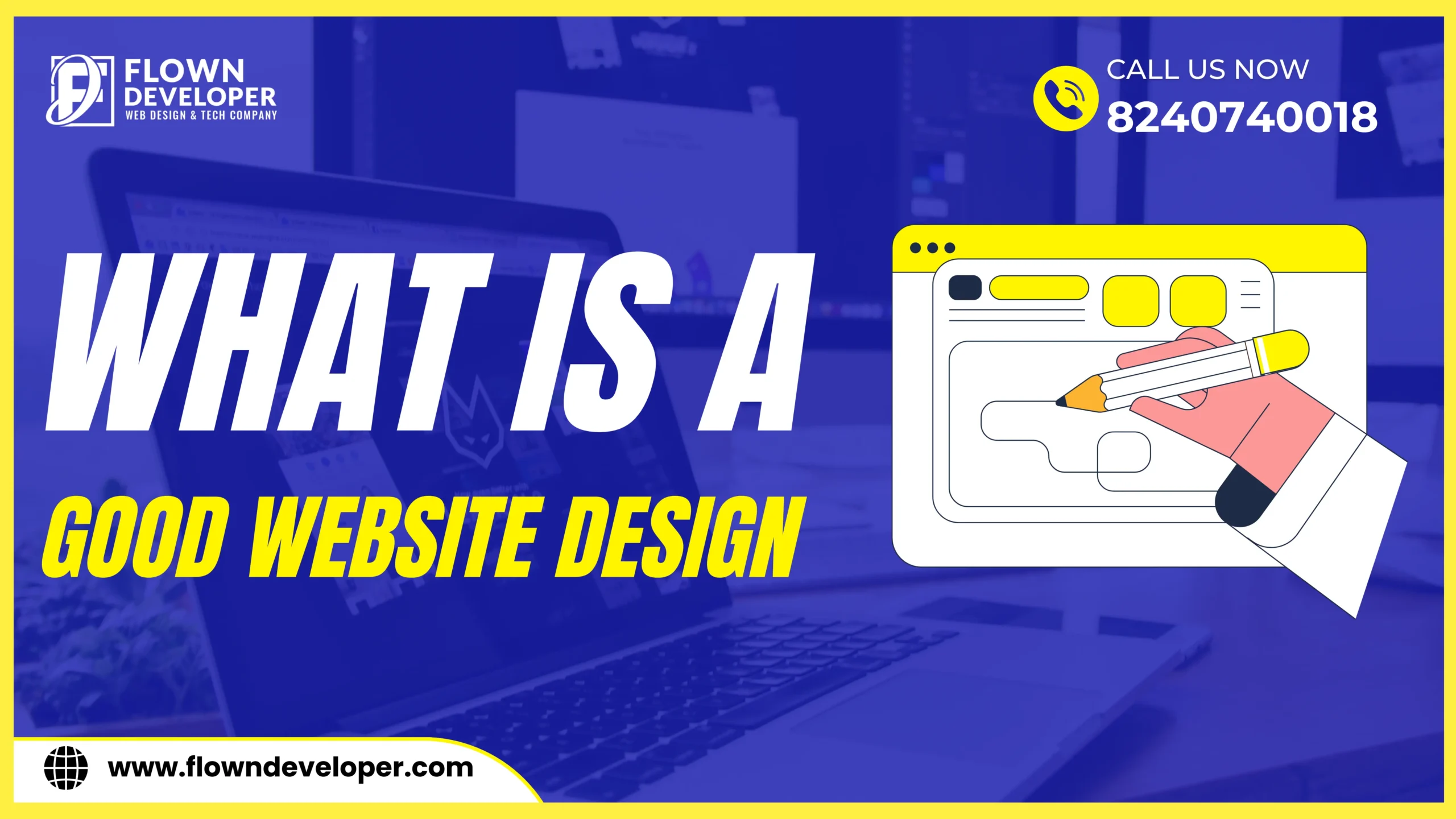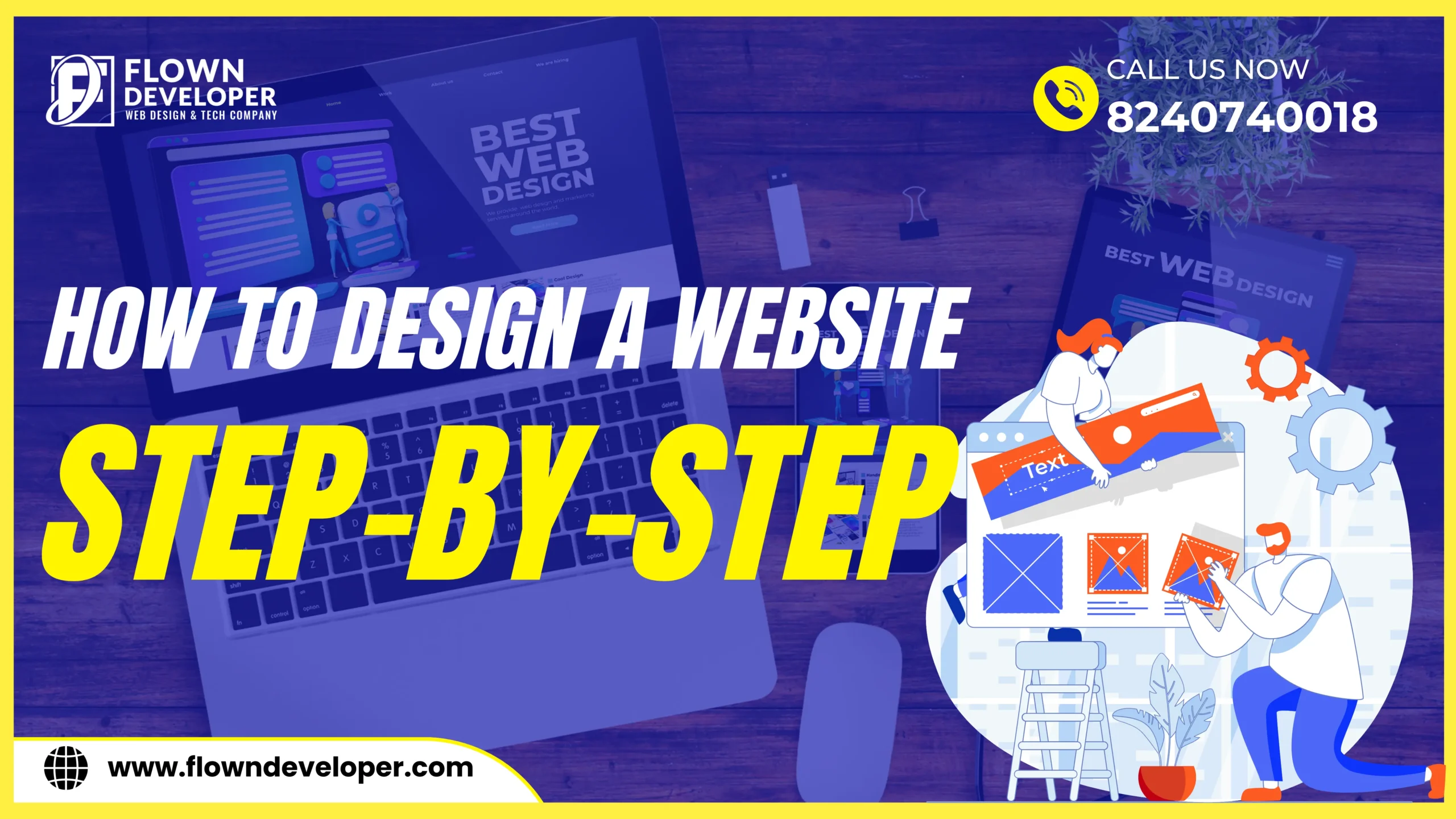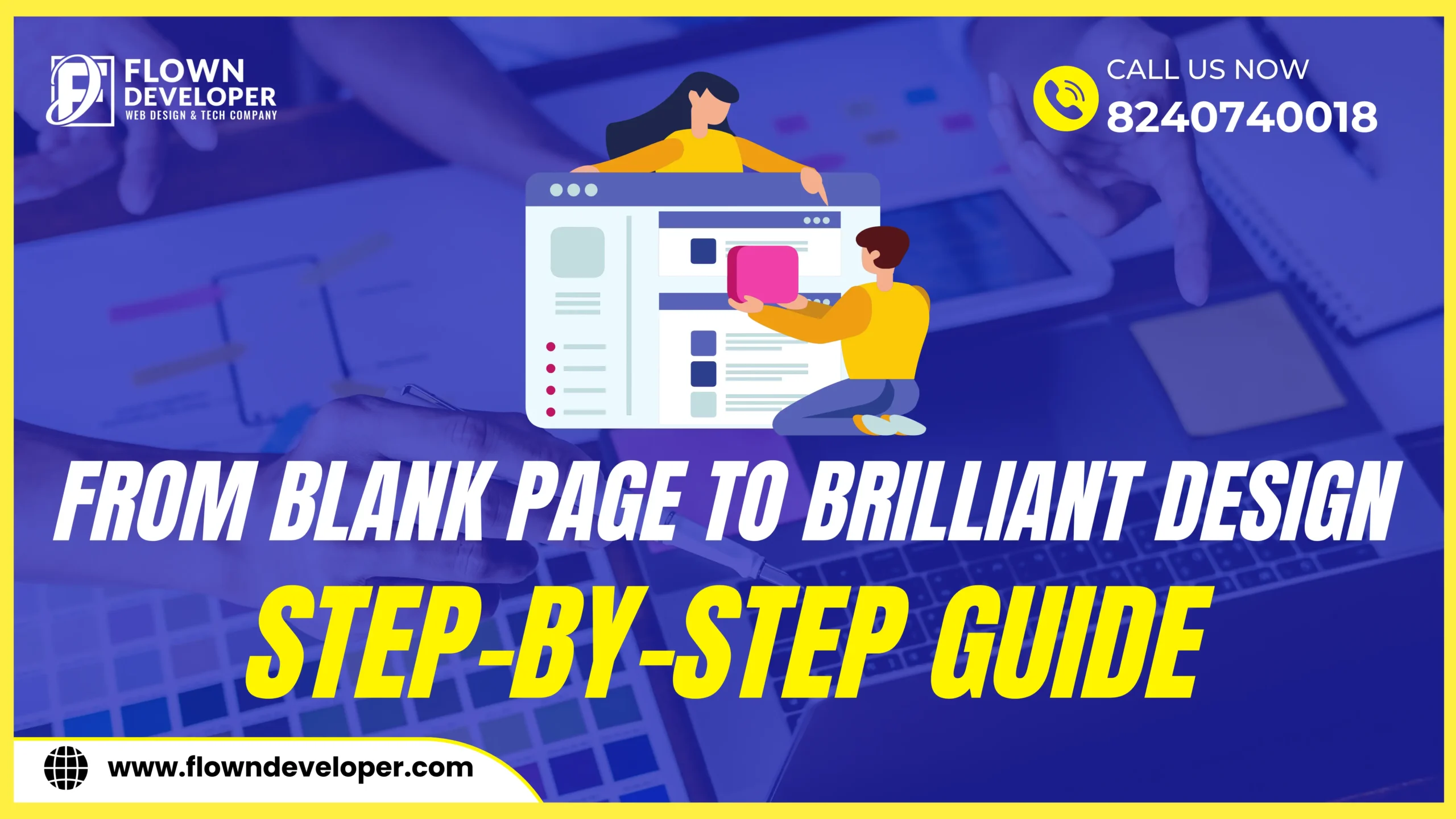Augmented Reality in Design: Transforming Creativity and Innovation
Introduction
In the last few years, the rapid and widespread adoption of augmented reality (AR) technology has improved how we perceive and interact with the world around us.
AR is particularly useful for website design, and this article explores how it is changing the creative process.
AR is a powerful tool for transforming how we experience and interact with the world, and it’s only going to get better in the years to come.
Understanding Augmented Reality in Design
What is Augmented Reality (AR)?
Augmented Reality is a cutting-edge technology that overlays digital information, such as images, videos, or 3D models, onto the natural world through a smartphone or AR headset.
This seamless integration of virtual and physical elements enhances the user’s perception and interaction with their environment.
AR technology uses sensors, cameras, and computer vision algorithms to track the user’s position and the real-world objects around them.
This allows the AR device to identify and understand the user’s surroundings precisely. Once the real world is recognized, the digital content is superimposed onto the physical environment in real time, creating a composite view for the user.
Augmented Reality finds applications in various fields, including gaming, education, healthcare, fashion industry, and industrial.
AR can transform the real world into a virtual playground in gaming, allowing users to interact with virtual characters and objects in their own physical space.
Education can benefit from AR by providing interactive and immersive experiences, such as virtual tours of historical places or 3D models of complex concepts.
In healthcare, AR can assist surgeons with real-time guidance during procedures or provide patients with visualizations of medical data.
Retailers can utilize AR to showcase virtual products, allowing customers to visualize how they would look in their homes before purchasing.
AR has the potential to revolutionize many industries by offering new ways to engage with digital content and enhancing the user experience.
As the technology continues to evolve and improve, we can expect to see even more innovative applications of AR in the future.
The Evolution of AR in Design
Over the years, augmented reality has evolved from a mere novelty to a powerful design tool.
Initially used for entertainment and gaming, AR has now found its way into various design disciplines, including architecture, fashion, interior design, and product design.
One significant impact of augmented reality in design is its ability to enhance the visualization of design concepts.
Architects can use AR to create virtual models of buildings, allowing clients to experience and interact with the design before it is built.
This helps in communicating ideas more effectively and reducing misunderstandings.
Similarly, fashion designers can use AR to create virtual fitting rooms where customers can try on clothes virtually before purchasing.
This improves the customer experience and reduces the need for physical inventory, making it easier for designers and retailers to showcase their products.
Interior designers can use AR to overlay virtual furniture and decor items onto natural spaces, giving clients a realistic view of how the design will look in their homes.
This allows for better decision-making and ensures that the final design meets the client’s expectations.
Product designers can also benefit from augmented reality by creating virtual prototypes and testing product functionalities before manufacturing.
This
saves
time
and
resources
while
ensuring
the
final
product
is
well-designed
and
user-friendly.
AR
also
opens
up
new
avenues
for
creativity
and
innovation
in
design.
Designers can experiment with virtual elements, such as interactive animations and digital information overlays, to create immersive and engaging experiences.
This enables them to push boundaries and explore new design possibilities previously limited by physical constraints.
Overall, augmented reality has revolutionized the design industry by providing designers with a versatile tool to enhance visualization, improve communication, streamline processes, and foster innovation. As AR technology advances, its design potential is only expected to grow further.
Applications of AR in Design
Architectural Visualization
Architects
and
designers
now
employ
AR
to
provide
clients
with
immersive,
interactive
tours
of
their
projects
before
they
are
built.
This
lets
stakeholders
experience
the
space
realistically,
leading
to
better-informed
design
decisions.
AR
(Augmented
Reality)
has
revolutionized
how
architects
and
designers
present
their
projects
to
clients.
Traditionally,
clients
would
rely
on
2D
drawings,
blueprints,
or
renderings
to
visualize
a
proposed
design.
However,
these
methods
often
need
an
accurate
understanding
of
the
final
space.
With
AR
technology,
architects
and
designers
can
create
virtual
models
that
overlay
the
real
world.
Clients
can
then
use
their
smartphones
or
AR
devices
to
explore
and
interact
with
these
virtual
models,
allowing
them
to
experience
the
proposed
design
as
if
it
were
already
built.
This
immersive
and
interactive
experience
provided
by
AR
gives
clients
a
realistic
sense
of
scale,
proportions,
and
spatial
relationships
within
the
design.
They
can
walk
through
rooms,
view
different
angles,
and
even
experiment
with
various
design
options
such
as
furniture
placement
or
color
schemes.
This
level
of
engagement
helps
clients
make
better-informed
decisions
about
the
design
before
construction
begins.
By
utilizing
AR,
architects
and
designers
can
address
potential
problems
or
conflicts
in
the
design
early
on.
Clients
can
identify
issues
such
as
awkward
layouts,
inadequate
lighting,
or
insufficient
space,
enabling
necessary
modifications
during
the
design
phase.
This
saves
time
and
resources
and
ensures
that
the
final
built
space
meets
the
client’s
expectations
and
requirements.
Additionally,
AR
technology
allows
for
seamless
collaboration
between
architects,
designers,
and
clients.
Stakeholders
can
view
and
discuss
the
project
simultaneously,
regardless
of
their
physical
location.
This
eliminates
the
need
for
multiple
site
visits
or
meetings,
making
the
design
process
more
efficient
and
cost-effective.
Fashion and Apparel Design
AR
allows
customers
to
try
on
clothing
and
accessories
in
the
fashion
industry
virtually.
This
not
only
enhances
the
online
shopping
experience
but
also
reduces
the
rate
of
returns,
as
customers
can
confidently
choose
items
that
suit
them
best.
AR
(augmented
reality)
technology
in
the
fashion
industry
has
revolutionized
how
customers
shop
for
clothing
and
accessories
online.
With
virtual
try-on
features,
customers
can
see
how
an
item
would
look
on
them
before
making
a
purchase.
Traditionally,
online
shoppers
have
faced
difficulties
when
it
comes
to
finding
the
right
fit
and
style
without
physically
trying
on
the
product.
This
has
resulted
in
a
high
rate
of
returns,
leading
to
inconvenience
for
both
customers
and
retailers.
However,
with
AR,
shoppers
can
now
visualize
themselves
wearing
different
outfits
and
experimenting
with
sizes,
colors,
and
styles
without
leaving
the
comfort
of
their
homes.
The
virtual
try-on
experience
AR
provides
allows
customers
to
see
how
clothing
and
accessories
would
look
on
them
in
real
time.
By
overlaying
virtual
images
onto
the
customer’s
image
or
using
3D
avatars,
individuals
can
gauge
the
chosen
item’s
fit,
length,
and
overall
appearance.
This
helps
customers
make
informed
purchasing
decisions
and
boosts
their
confidence
in
the
selection
process.
Furthermore,
AR
technology
can
also
recommend
personalized
items
based
on
customers’
body
shape
and
size.
By
analyzing
users’
physical
measurements
and
preferences,
AR
algorithms
can
suggest
items
more
likely
to
suit
their
unique
style
and
body
type.
This
level
of
personalization
enhances
the
online
shopping
experience,
making
it
more
tailored
to
individual
needs.
When
customers
can
virtually
try
on
clothes
and
accessories,
they
understand
what
to
expect
when
the
item
arrives.
This
reduces
the
likelihood
of
making
incorrect
purchases
and
subsequently
reduces
the
rate
of
returns.
Ultimately,
this
benefits
customers
and
retailers
by
saving
time,
money,
and
resources.
Interior Design and Home Decor
AR
apps
enable
users
to
visualize
furniture
and
decor
in
their
living
spaces.
This
empowers
individuals
to
make
informed
purchasing
decisions,
ensuring
the
chosen
items
harmonize
with
their
environment.
With
AR
apps,
individuals
can
easily
experiment
with
different
furniture
and
decor
options
without
physically
moving
or
buying
the
items.
They
can
view
and
place
virtual
furniture
and
decor
pieces
in
their
living
spaces
using
their
smartphone
or
tablet.
This
technology
uses
the
device’s
camera
to
create
a
virtual
overlay
of
the
furniture
and
decor
in
real
time.
Users
can
see
how
a
particular
chair
or
table
will
look
in
their
room,
adjust
its
placement,
and
move
around
to
view
it
from
different
angles.
AR
apps
also
provide
additional
features
like
changing
colors,
materials,
and
styles
of
the
virtual
items.
This
allows
users
to
explore
various
options
and
see
how
different
designs
and
patterns
will
fit
their
environment.
By
using
AR
apps,
individuals
can
save
time
and
effort
that
would
otherwise
be
spent
visiting
physical
stores
or
browsing
online
catalogs.
Without
guesswork,
they
can
see
if
a
piece
would
fit
well
in
size,
style,
and
overall
aesthetic.
Furthermore,
AR
apps
empower
users
to
have
more
confidence
in
purchasing
decisions.
They
can
see
how
well
the
chosen
items
harmonize
with
their
existing
furniture,
colors,
and
interior
design.
This
ensures
their
new
purchases
blend
seamlessly
with
their
current
living
space,
enhancing
its
appeal
and
comfort.
Industrial and Product Design
Designers
can
now
create
prototypes
and
3D
models
that
can
be
viewed
in
the
real
world
through
AR.
This
aids
in
evaluating
the
form,
function,
and
aesthetics
of
a
product
before
it
goes
into
production.
By
harnessing
the
power
of
augmented
reality
(AR),
designers
can
now
bring
their
concepts
to
life
in
a
more
immersive
and
interactive
way.
With
the
help
of
software
and
hardware
advancements,
such
as
AR-enabled
devices
and
applications,
designers
can
create
virtual
prototypes
and
3D
models
that
can
be
seamlessly
integrated
into
the
real
world.
One
of
the
key
advantages
of
using
AR
for
prototype
creation
is
the
ability
to
evaluate
the
form
of
a
product.
Designers
can
visualize
their
concepts
in
3D
and
observe
how
they
interact
with
the
surrounding
elements.
This
allows
a
better
understanding
of
the
product’s
dimensions,
proportions,
and
overall
aesthetics.
By
placing
virtual
models
in
real-world
contexts,
designers
can
assess
the
visual
impact
and
ensure
that
the
product
aligns
with
their
vision.
Additionally,
AR
enables
designers
to
evaluate
the
function
of
a
product
before
it
goes
into
production.
By
simulating
user
interactions
or
running
virtual
tests,
designers
can
identify
potential
issues
or
flaws
in
the
design
early
on.
This
helps
to
refine
and
iterate
the
product
design,
saving
time
and
resources
that
would
otherwise
be
wasted
on
physical
prototypes.
AR
also
allows
for
quickly
modifying
virtual
models,
enabling
designers
to
experiment
with
different
variations
and
configurations
to
optimize
functionality.
Furthermore,
AR
empowers
designers
to
assess
the
aesthetics
of
a
product
in
the
real
world.
By
placing
virtual
models
alongside
existing
objects
or
within
specific
environments,
designers
can
evaluate
how
the
product
blends
with
its
surroundings
or
complements
other
elements.
This
aids
in
making
design
decisions
related
to
color
schemes,
surface
finishes,
and
overall
visual
harmony.
Overall,
AR
provides
designers
with
an
invaluable
tool
for
evaluating
a
product’s
form,
function,
and
aesthetics
before
it
goes
into
production.
By
leveraging
this
technology,
designers
can
minimize
errors
and
costs
associated
with
traditional
prototyping
methods,
expedite
the
design
iteration
process,
and
bring
their
visions
to
life
with
greater
accuracy
and
efficiency.
Benefits of Integrating AR in Design
Enhanced User Engagement
AR-driven experiences captivate users and hold their attention for more extended periods. This increased engagement can lead to higher conversion rates in e-commerce or presentations.
Improved Decision-Making
AR empowers stakeholders to make informed decisions by giving them a realistic preview of the final product or environment. This reduces the risk of costly design revisions or modifications.
Personalized Customer Experiences
Incorporating AR into the design process creates a more personalized and interactive customer experience. Clients can actively participate in the creative process, resulting in greater satisfaction.
Cost-Efficient Prototyping
AR eliminates the need for expensive physical prototypes, as designers can create virtual representations for evaluation. This significantly reduces production costs and accelerates the design iteration process.
Competitive Edge
Designers and businesses that embrace AR technology gain a competitive advantage by offering innovative and cutting-edge solutions to their clients. This positions them as industry leaders and pioneers in design innovation.
F&Q
AR empowers interior designers by allowing them to showcase their concepts in a tangible, interactive manner. Clients can see how different elements will fit together in their space, leading to more confident design choices.
Absolutely. AR facilitates collaboration by enabling multiple stakeholders to view and interact with the design in real-time. This promotes effective communication and ensures that everyone is on the same page.
With the increasing availability of AR applications and platforms, even small businesses and independent designers can incorporate AR into their design process without significant financial investment.
While some AR tools may have a learning curve, many user-friendly applications are available, making them accessible to designers with varying technical expertise.


